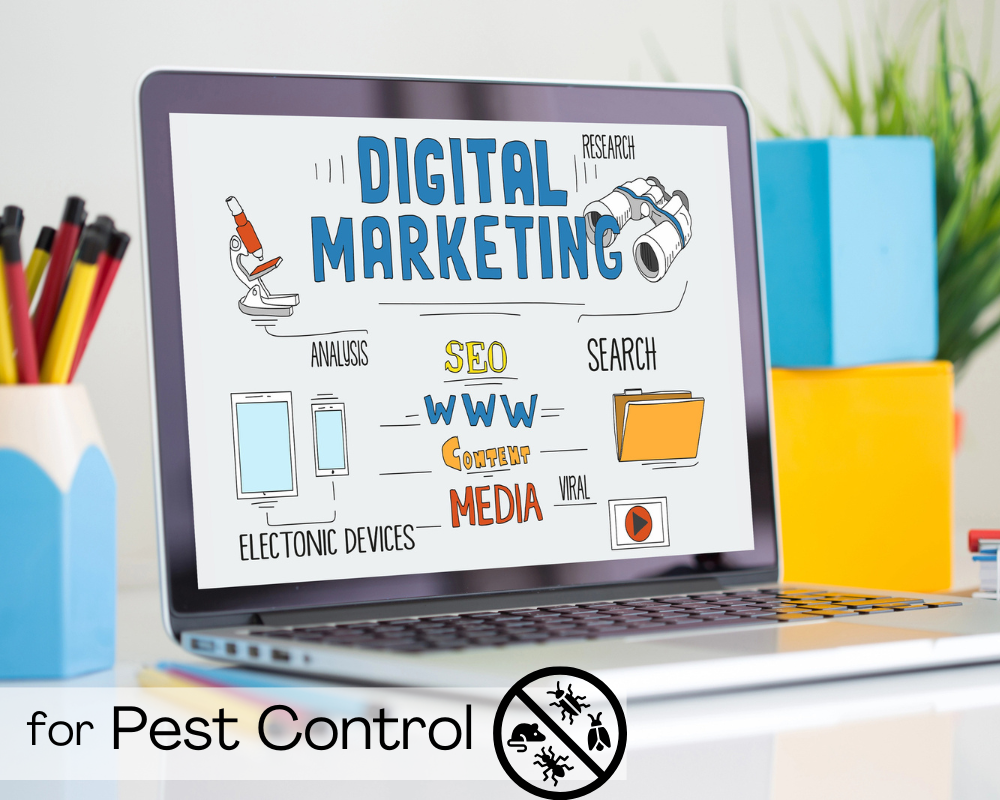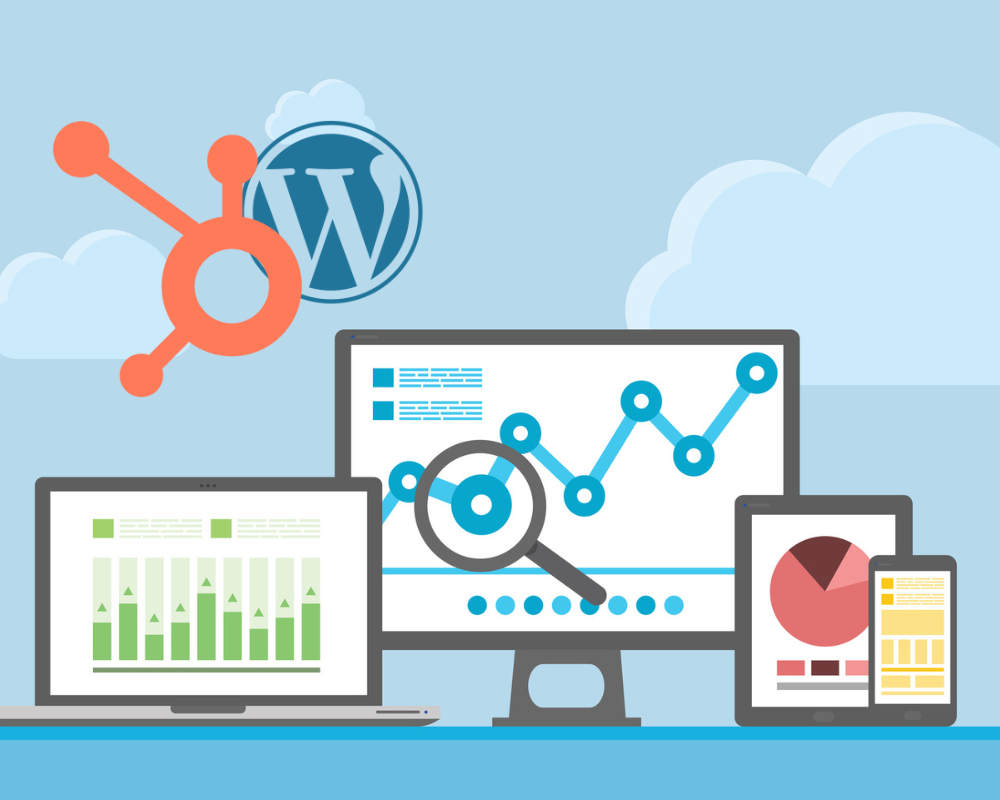What is RevOps?

Sales, marketing, and customer service, while traditionally separate, all work together under the unifying umbrella of Revenue Operations (RevOps, for short) … but just what is RevOps? And how can adopting this approach benefit your company?
Revenue Operations: Everything you need to know
It turns out that as important as sales, marketing, and customer service each is on its own in regards to generating revenue, they are very much stronger together. RevOps works to strategically create transparency and seamless workflows among each of these departments while allowing them to still work independently.
RevOps integrates your sales, marketing, and service departments to support the entire customer journey from start to finish, allowing you to more effectively and efficiently drive revenue growth.
Why RevOps?
The RevOps business model combines the essential elements of people, operations, and technologies to optimize return on investment (ROI) and leverage business intelligence tools. Revenue Operations wholistically improves profitability by creating a process that:
-
Focuses marketing teams on creating predictable revenue.
-
Streamlines the process for your sales teams with tools like sales funnel automation.
-
Creates a smooth, efficient process for onboarding clients.
-
Equips customer service teams with all the tools and information they need to delight customers/ clients.
-
Reduces customer churn by creating a better overall customer experience.
Key Components of RevOps
RevOps is a comprehensive methodology that consists of the following key components:
1. Strategy and Planning
RevOps begins with a well-defined revenue strategy that aligns all of your customer-facing teams towards a common goal. It involves analyzing current market dynamics and customer needs to come up with a cohesive revenue plan.
This strategic planning approach allows you to streamline your revenue generation efforts and optimize the allocation of your resources.
2. Process Optimization
RevOps also optimizes your internal processes. The goal here is to reduce inefficiencies and bottlenecks in your revenue generation, and it starts with mapping the customer journey and identifying the key touchpoints so that you can identify areas for improvement. The customer journey spans across all your organizations departments: from marketing operations, to sale operations to customer service operations.
Your improved processes may include things such as automating repetitive tasks, leveraging technology solutions, and ensuring seamless data flow across departments … to name a few. Most importantly, your process should have one single source of truth, that is one CRM that captures data in one place.
3. Data and Analytics
Data is the foundation of good business decisions, and it’s at the heart of RevOps, too.
When you integrate the data from various sources — such as CRM systems, marketing automation platforms, and customer support tools — you get a comprehensive view of the customer lifecycle. You can then use the resulting analytics to drive revenue growth.
Data-driven insights allow you to identify trends, optimize your campaigns, personalize customer experiences, and increase your revenue.
4. Technology Enablement
RevOps is driven by technology that enables seamless collaboration between your departments/teams, automates different processes, and provides valuable insights you can use to better manage your revenue.
It involves integrating tools — including CRM systems, marketing automation platforms, analytics tools, and sales enablement software — to work together holistically rather than being run separately. Carefully creating a tech stack that works together is an essential key to RevOps.
Benefits of RevOps
Using a RevOps approach to generating revenue can benefit your company in multiple ways. Here are a few …
Alignment and Collaboration
RevOps brings your marketing operations, sales process, and customer success teams together and gives them a common revenue goal. This alignment fosters collaboration and breaks down departmental silos.
And when you promote greater cross-functional communication and shared accountability, you can achieve greater synergy and efficiency in your revenue generation efforts.
Improved Customer Experience
RevOps places a strong emphasis on enhancing the customer experience throughout the entire customer journey. By leveraging data and insights, you can personalize interactions with your customers, deliver targeted messaging, and provide seamless customer support.
The result is improved customer acquisition rates, increase customer satisfaction, higher retention rates, larger customer lifetime values, and improved brand loyalty.
Enhanced Revenue Growth
RevOps also helps you optimize your revenue generation processes and make data-driven decisions. When you can identify and address inefficiencies as they arise, you can accelerate the sales cycle, shorten time-to-revenue, and increase your overall revenue.
The holistic view provided by RevOps lets you identify untapped opportunities, optimize conversions (cro), optimize pricing strategies, and implement effective upselling and cross-selling initiatives.
Scalability and Agility
RevOps is particularly valuable when you’re in a stage of rapid growth because it lets you adapt quickly to changing market conditions and efficiently scale your operations. RevOps allows you to respond to customer needs promptly, seize emerging opportunities, and stay ahead of your competition.
Who Can Implement RevOps?
While it is often associated with larger organizations, RevOps principles can be applied to businesses of any size, provided they have revenue-generating functions (sales, marketing, customer success) and a desire to optimize their revenue operations.
However, the scope and complexity of RevOps implementation may vary depending on the size of the organization. For example, small and mid-sized businesses might start with simpler processes and technology stacks compared to larger enterprises.
Here are some considerations for implementing RevOps in different-sized companies:
Small Businesses and Startups
Even small businesses and startups can benefit from a RevOps approach, and implementing RevOps early on can help create a foundation for growth and scalability.
Small businesses may focus on core areas such as aligning sales and marketing efforts, implementing basic technology solutions like a Saas CRM system, and establishing streamlined processes.
Then, as the business expands, they can gradually incorporate more sophisticated RevOps strategies and technologies.
Mid-sized Businesses
Mid-sized businesses often gain significant advantages from RevOps. With more resources and departments in place, mid-sized companies can align their sales, marketing, and customer success teams to create a cohesive revenue strategy. They also can invest in more robust technology solutions, such as marketing automation platforms, analytics tools, and sales enablement software.
When they implement RevOps, mid-sized companies have the opportunity to optimize processes, enhance data-driven decision-making, and achieve substantial revenue growth.
Large Enterprises
Large enterprises often have complex revenue operations with multiple teams and systems. In this situation, RevOps can help break down silos, foster collaboration, and drive efficiency.
These larger organizations can invest in advanced technology stacks, specialized revenue operations platforms, and comprehensive data integration solutions. They can also implement sophisticated analytics and business intelligence tools to gain deeper insights into revenue performance and customer behavior.
Technology of RevOps
Implementing RevOps requires leveraging a variety of different technology solutions. Here are some key technologies commonly used in RevOps implementations:
-
Customer Relationship Management (CRM) System
A CRM system serves as the central hub for managing customer data, tracking interactions, and facilitating collaboration among sales, marketing, and customer success teams. It allows you to track leads, manage a sales pipeline, and gain visibility into the customer lifecycle.
Popular CRM platforms include HubSpot CRM, Salesforce, and Zoho.
-
Marketing Automation Platform
Marketing automation platforms enable you to automate and streamline marketing processes, such as lead nurturing, email campaigns, and social media management. These tools help align marketing efforts with sales objectives, track campaign performance, and provide insights into the effectiveness of marketing initiatives.
Popular marketing automation platforms include HubSpot Marketing Hub, Marketo, and Pardot.
-
Analytics and Business Intelligence (BI) Tools
Data analytics and BI tools play a critical role in RevOps by providing insights into customer behavior, campaign performance, revenue metrics, and other key performance indicators (KPIs). These tools help you dentify trends, optimize strategies, and make data-driven decisions.
Popular analytics and BI tools include Google Analytics, Tableau, and Microsoft Power BI.
-
Sales Enablement Software
Sales enablement tools empower sales operations teams with the resources, content, and insights they need to engage customers effectively and close deals. These tools include features like content management, sales collateral creation, sales training, and performance analytics.
Examples of sales enablement software include HubSpot Sales Hub, Salesforce, and Showpad.
-
Revenue Operations Platform
Specialized revenue operations platforms provide end-to-end solutions tailored to the unique needs of RevOps. These platforms often integrate with your existing CRM and marketing automation systems, providing a centralized view of revenue-related activities. They offer features like revenue forecasting, deal tracking, performance analytics, and cross-functional collaboration capabilities.
Examples of revenue operations platforms include HubSpot Operations Hub, Clari, and Groove.
-
Communication and Collaboration Tools
There are various communication and collaboration tools you can leverage to facilitate the seamless communication and collaboration across teams that is part of RevOps. These tools enable real-time messaging, file sharing, project management, and team collaboration.
Popular examples include Slack, Microsoft Teams, and Asana.
-
Integration and Data Management Tools
Smooth data flow and integration across systems are crucial in RevOps. Integration and data management tools allow organizations to connect disparate systems, automate data syncing, and maintain data accuracy. These tools ensure that relevant customer and revenue data is readily available to all teams.
Examples of integration and data management tools include Zapier, Dell Boomi, and Informatica.
The specific technology stack you’ll need for implementing RevOps will be determined by your company’s size, industry, and existing technology infrastructure. Of course, the selection of technology should align with your goals, budget, and scalability requirements.
Tips for choosing your ReVops tech stack
While it can get a bit overwhelming, you ultimately want to make sure that your sales, marketing, customer service, and operations teams’ software all integrate with each other. You will need to choose one Platform to be your single source of truth. That is, the one place where you can see all data across all channels, as it relates to each of your customers. When selecting a Saas solution, here are the questions you should ask:
-
Which pieces of information must be shared across all departments?
-
(Think about what data you will ned to track your cost of customer acquisition, lifetime customer value, churn rate, onboarding time, etc.)
-
-
Can this software be customized to the unique processes of my department?
-
Will it improve the processes of the department?
-
What information does this department need from other departments? Will it integrate well with other departments’ software solutions?r
Many software companies understand the need for integrations and will either provide open API or build native integrations to work with the most popular CRMs. If you have a niche software unique to your industry that you must use, custom-built integrations are often possible by either an in-house revenue operations team or outsourcing to a revenue operations company with experience building custom solutions.
Putting RevOps to Work for You
As you can see, RevOps is a comprehensive endeavor. Depending on your company, it can be a complex strategy to figure out and implement.
We’re here to help.
As not just a HubSpot Certified Partner, but a Gold Partner, WorldLight Media is uniquely qualified to consult on all of the powerful HubSpot tools that support RevOps. But our experience is certainly not limited just to HubSpot.
As experienced digital marketing consultants, we work with a wide variety of RevOps tools and platforms. And we can help you determine what will work best for your company.
When you work with WorldLight Media, you can trust that you are getting the best support possible when it comes to your business. You can also ensure that you are working with someone who is dedicated to supporting your business at every step along the way.
We invite you to get in touch to talk more in-depth about RevOps and how you can put it to work for you. Call us at (559) 9-DESIGN, or you can click here to use our convenient online form to ask for more information.







